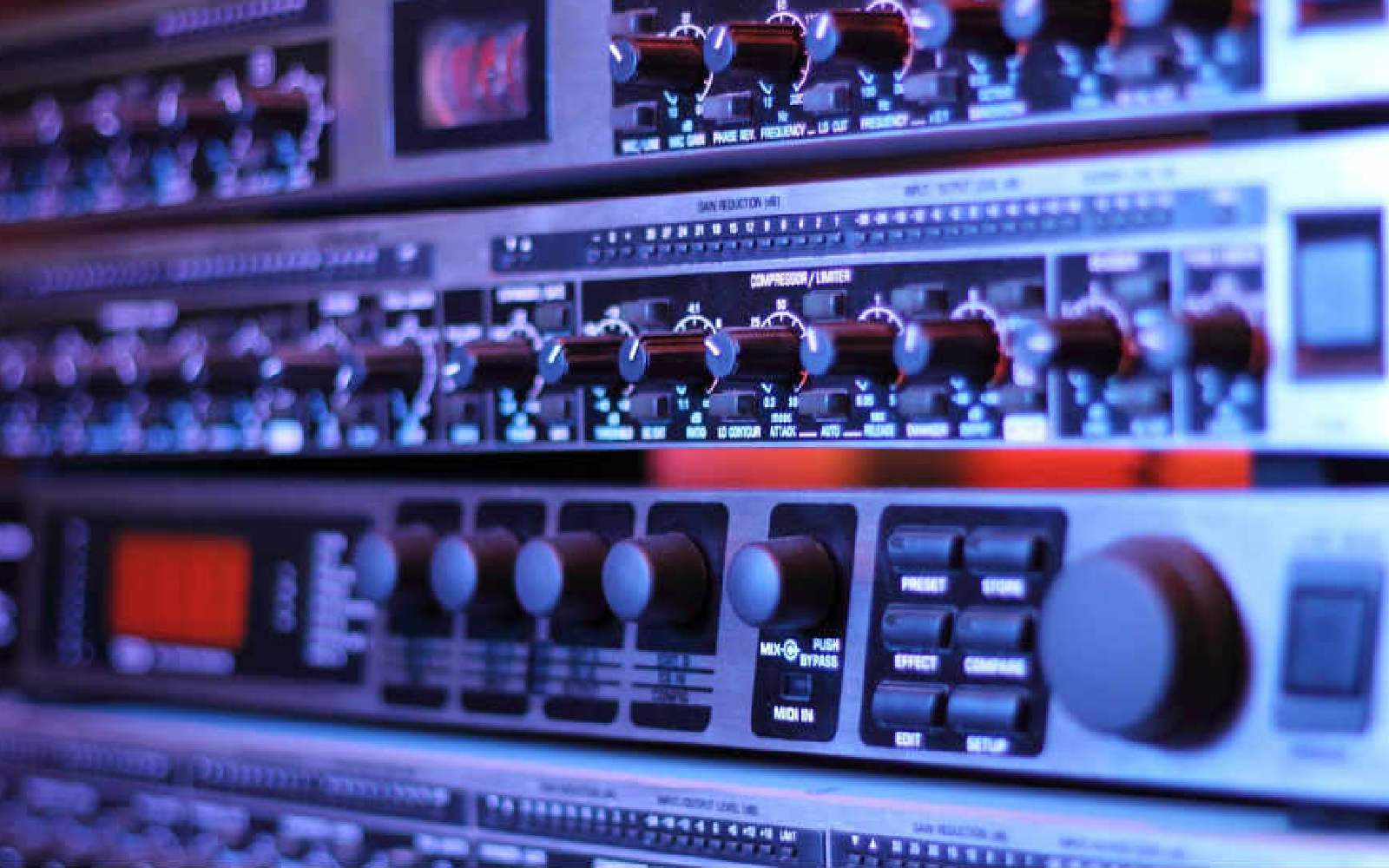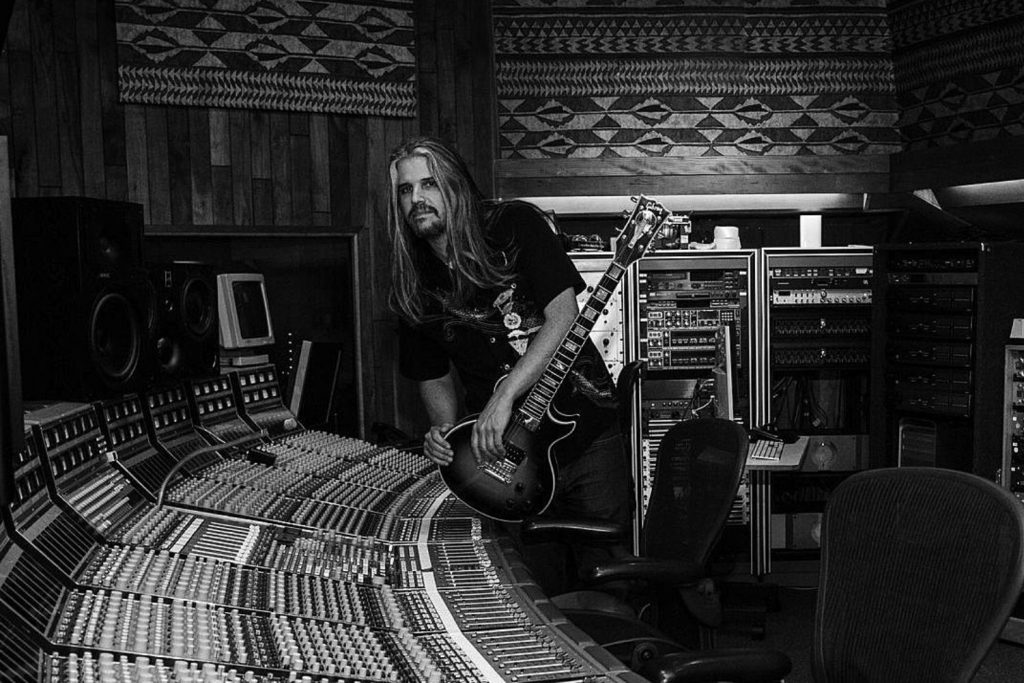As you probably know, an equaliser - commonly abbreviated to EQ - is a tool to boost and cut audio frequencies.
You can find them in some form on everything from consumer level TVs to high-end studio mixing consoles. In mixing, they’re generally used to carve out unwanted frequencies so the recording of your instrument only takes up the desired frequency band. For example, you’d likely cut stray low bass frequencies out of a guitar track to leave room in the mix for a bass guitar to occupy.
Read more features, columns and interviews here.
That’s all fine and dandy, but the downside of a standard EQ is those cuts occur regardless of the volume of that frequency. A dynamic EQ cuts or boosts a frequency depending on the amplitude of the signal at its input and the settings you’ve dialed in. It’s quite similar to a multi-band compressor, and certainly a compressor will often do the job with a lighter CPU load on your computer. But where a dynamic EQ excels is the precision with which you can shape your audio.
Multiband compressors will have a frequency bandwidth for each section of compression, and, depending on which one you’re using, that’ll be relatively broad: maybe 100-200Hz minimum. A dynamic EQ isn’t as limited by frequency bands and their crossovers, you could attenuate just the resonant ear piercing frequency of a rogue, overly-loud, hi-hat hit – and just that one hit – as attenuation won’t occur until that frequency hits the volume you set with the threshold control. This level of control makes it perfect for adding a bit of polish to your drum and instrument busses, or even your master bus.
Some Dynamic EQs, like iZotope’s version within their popular Ozone mastering suite, will let you invert the EQ’s filter and have it expand a frequency’s amplitude dynamically, rather than attenuate it, meaning loud parts could be boosted further than quieter parts. This is great for pinpointing drums in a mix and helping them cut through over instruments.
That just about sums up your dynamic EQ basics. For those on a budget, there’s some pretty great free ones out there too (I’d recommend TDR Nova), so put on your mixing hat and dive into the world of dynamics.







